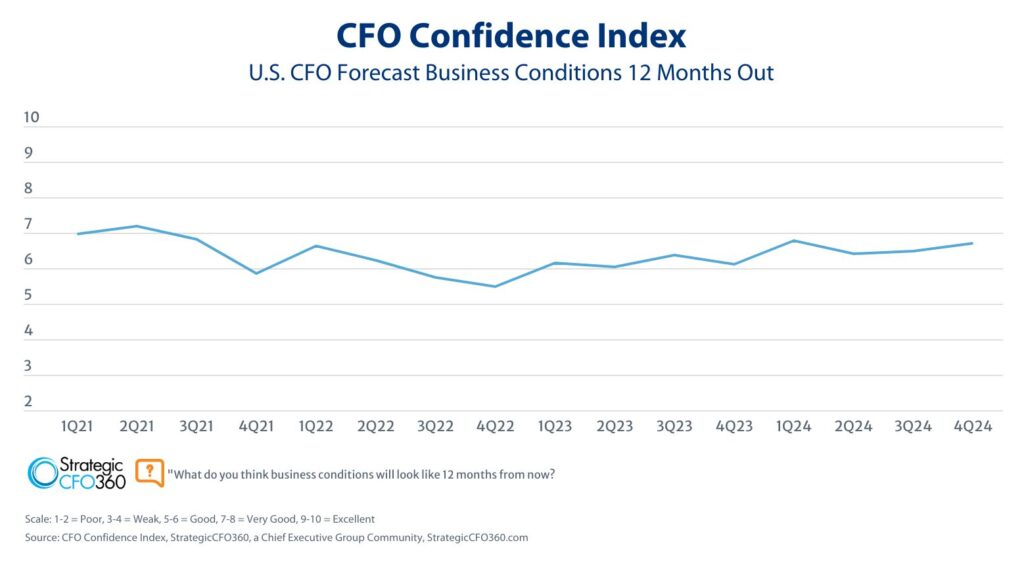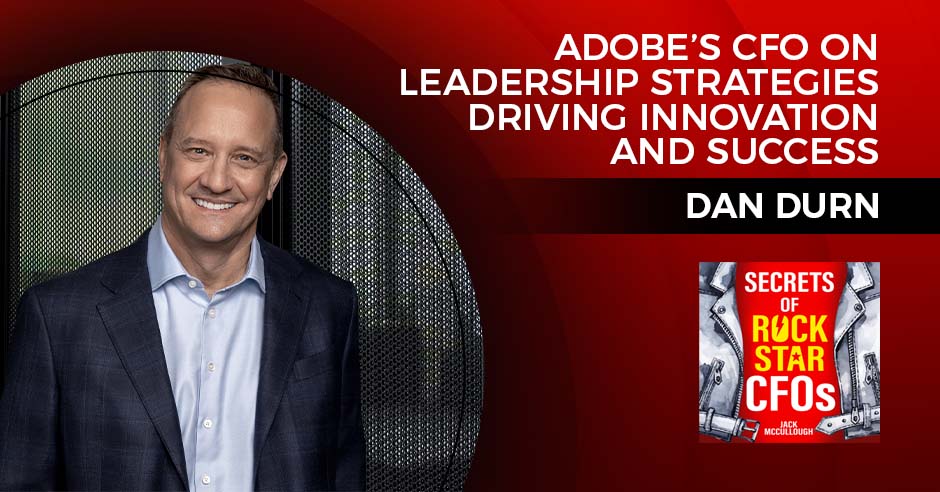UPDATE: Monday, March 13 — Following the Federal bailout of both SVB depositors and those of Signature Bank, much of the below information—collected on Friday, March 10, has now been overtaken by events.
The information below was collected during an emergency meeting of the The CFO Leadership Council, which counts many SVB customers as members.
The group will meet again on Thursday at 1:30 PM ET. If you’re interested in becoming a member of CFOLC and joining the conversation, you can join via: https://cfoleadershipcouncil.com/membership/ or reach out directly to president and founder Jack McCullough, who will moderate the session, via [email protected].
On Monday morning, the FDIC released more details about the backstopping of SVB depositors and the potential road ahead for the bank’s asset liquidation process. According to the FDIC release, all deposits, both insured and uninsured, as well as most “of the bank’s assets, have been transferred to a “full service FDIC-operated ‘bridge bank,” the FDIC said, “in an action designed to protect all depositors of Silicon Valley Bank.”
“All depositors of the institution will be made whole,” the FDIC said.
According to the FDIC:
- The transfer of all the deposits was completed under the systemic risk exception approved yesterday
- Depositors will have full access to their money beginning this morning, when Silicon Valley Bank, N.A., the bridge bank, opens and resumes normal banking hours and activities, including online banking.
- Depositors and borrowers will automatically become customers of Silicon Valley Bank, N.A. and will have customer service and access to their funds by ATM, debit cards, and writing checks in the same manner as before.
- Silicon Valley Bank’s official checks will continue to clear.
- Loan customers should continue making loan payments as usual.
In their latest release, the FDIC once again tried to stress that “no losses associated with the resolution of Silicon Valley Bank will be borne by taxpayers,” but that the cost of the bailout of depositors would be borne by a”special assessment” levied on other U.S. banks. They also stressed that shareholders and unsecured creditors would likely be wiped out and SVB’s senior management, including CEO Gregory Becker, “has also been removed.”
The FDIC named Tim Mayopoulos, the former president and CEO of the Federal National Mortgage Association who most recently served as president of Blend Labs, Inc., as CEO of SVB.
***
From Friday, March 10: When a bank collapses as quickly as Silicon Valley Bank just did, there are always far more questions than answers, especially for depositors who now face a struggle with routine processes like payroll, receivables and accounts payable.
The CFO Leadership Council, which counts many SVB customers as members, convened an emergency meeting on Friday to help share information and insights out to the CFO community.
The group will meet again on Monday. If you’re interested in becoming a member of CFOLC and joining the conversation, you can join via: https://cfoleadershipcouncil.com/membership/ or reach out directly to president and founder Jack McCullough, who will moderate the session, via [email protected].
Below are some of the best practices and insights that emerged from Friday’s gathering—which involved more than 170 CFOLC members, many of them depositors in SVB. They leaned on the expertise of fellow CFOs who had had prior experience dealing with similar situations, especially Chris Badger, a partner at Salt-Lake City based Now CFO, who worked for the Resolution Trust Company’s Western Division through the savings and loan crisis of the early 1990s and has deep experience with the process of winding down troubled banks.
So far, the FDIC has released very limited information. Basically:
- The FDIC created the Deposit Insurance National Bank of Santa Clara (DINB).
- At the time of closing, the FDIC as receiver immediately transferred to the DINB all insured deposits of Silicon Valley Bank.
- All insured depositors will have full access to their insured deposits no later than Monday morning, March 13, 2023.
- Customers with accounts in excess of $250,000 should contact the FDIC toll–free at 1-866-799-0959.
- The FDIC as receiver will retain all the assets from Silicon Valley Bank for later disposition. Loan customers should continue to make their payments as usual.
- The FDIC will pay uninsured depositors an advance dividend within the next week. Uninsured depositors will receive a receivership certificate for the remaining amount of their uninsured funds.
- As the FDIC sells the assets of Silicon Valley Bank, future dividend payments may be made to uninsured depositors.
Here’s some of what emerged during the 90-minute conversation forum:
Talking With SVB. Some depositors said they had had reassuring conversations with their bankers at SVB. But other CFOs with experience with the FDIC and its processes cautioned that it is likely SVB personnel, at this point, had little idea of what was actually going on. The FDIC is now in control and is not sharing full information with SVB. It’s likely people you speak with at SVB will not be employed by Monday.
FDIC Insurance. The FDIC insurance for deposits will cover up to $250,000 and the agency has said it will provide access to those funds on Monday, as seen above.
FDIC Insurance is Per Company, not Per Account. If you have multiple accounts at SVB, each of those accounts is not covered separately. It is per-business entity, not per account.
THIS HAS CHANGED, see FDIC release. Over 250,000? Deposits in excess of that amount will have to be paid out of the liquidation of the bank’s assets and will take months. Expect a steep haircut on anything—you are essentially an unsecured creditor in the bankruptcy process—unless the government makes a special provision.
Payrolls. If payroll is coming out of the $250,000 insured amount, FDIC says it will make the funds available. At least one CFO had heard from ADP that they did not clearly understand the situation yet and said that if concerned, could wire in funds to cover.
Personal Liability for Payroll? If you are unable to make payroll, it may incur personal liability with the state where the company signed up for unemployment insurance for officers of the company or those who signed for the bank accounts. It may be a good idea—if you are unable to immediately cover payroll—to furlough employees to avoid exposure.
No Transactions. CFOs wondered about the status of transactions—ACHs, checks, wires in and out. CFOs with experience with the FDIC said it was unlikely those in process would go through. Things that were cleared going in should be considered on deposit at SVB. When in doubt, ask for wire confirmation numbers to help determine whether something has cleared or not.
Watch Payments In. Best practice today is to immediately figure out what customers may pay directly into SVB and get those payments turned off. Anything that goes into SVB is likely going to get trapped in there.
Lines of Credit/Loans. At this point consider those frozen and they will likely be liquidated over the next few weeks or months. You will need to make other arrangements and continue making payments.
Sweep Accounts. CFOs said that in contacting both SVB and other banks, it was still unclear about status. If you have accounts with other firms that sweep through SVB, call those banks and get those closed off.
Money Market vs. Operating Accounts. All deposited accounts are the same and it will not make a difference whether you move it from one type of account or another. Whatever money is on the books at SVB, it is part of their balance sheet, and thus part of the receivership.
Private Bank Deposits. Assume all money market funds, deposits that are at SVB Private Bank are part of this FDIC action.
Finding a New Bank. At least one CFO who had experience living through the Lehman disaster cautioned that in the race to move to a new bank you do due diligence before signing paperwork. It can be a big mess down the road if you’re not careful.








